Fifty years on, the story of the Sugar Boat shipwreck on the Clyde
- Published
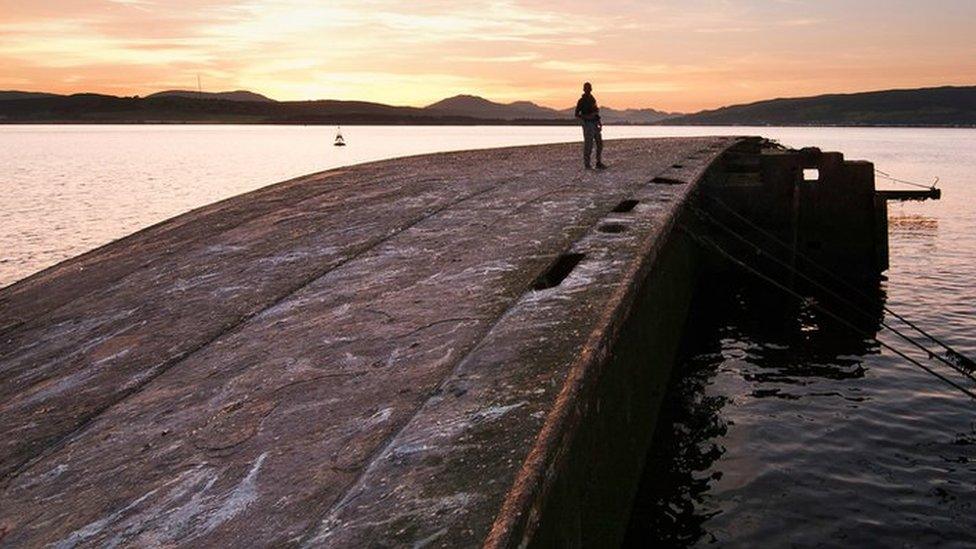
For half a century its rusting hulk has risen, whale-like, from the waters of the River Clyde. But what is the story of the "Sugar Boat"?
On the evening of 27 January 1974 fierce winds were battering Scotland's west coast.
Moored on the River Clyde, waiting to unload its cargo of raw east African sugar for the Tate & Lyle refinery in Greenock, the MV Captayannis felt the full force of the storm.
As gusts of more than 60mph whipped up the river, the Greek-registered cargo vessel dragged its anchor and started to drift.
The captain, Theodorakis Ionnis, immediately ordered his crew to start up the engines.
MV Captayannis carried sugar from east Africa to a refinery in Greenock
His plan was to head for the more sheltered waters of Gare Loch but then disaster struck.
The ship drifted into the anchor chains of a BP tanker, British Light, ripping a hole in the hull of the Captayannis below the waterline.
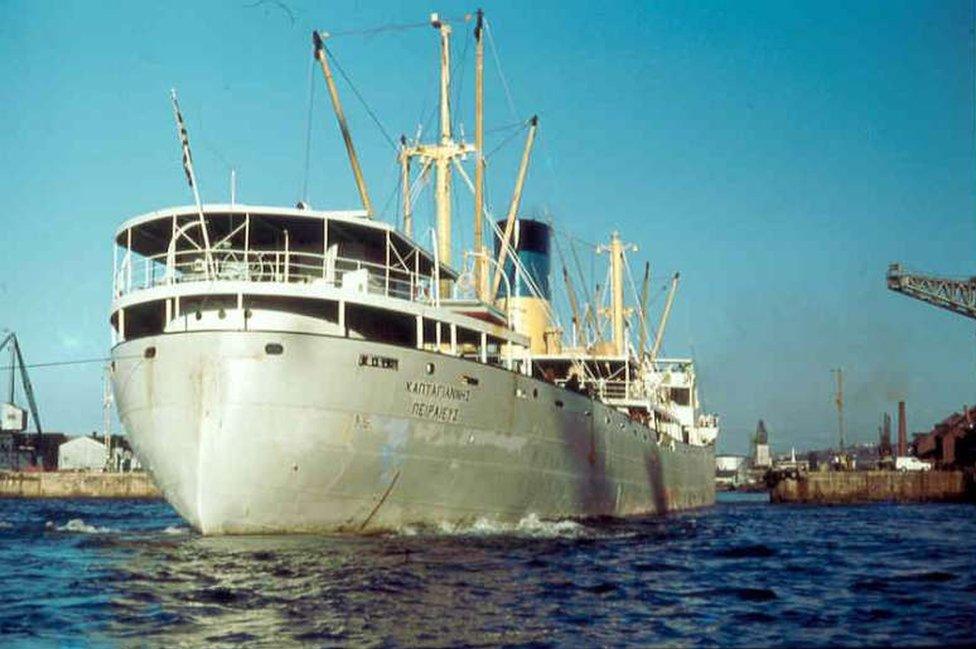
The Captayannis entering James Watt Dock a year before it was wrecked
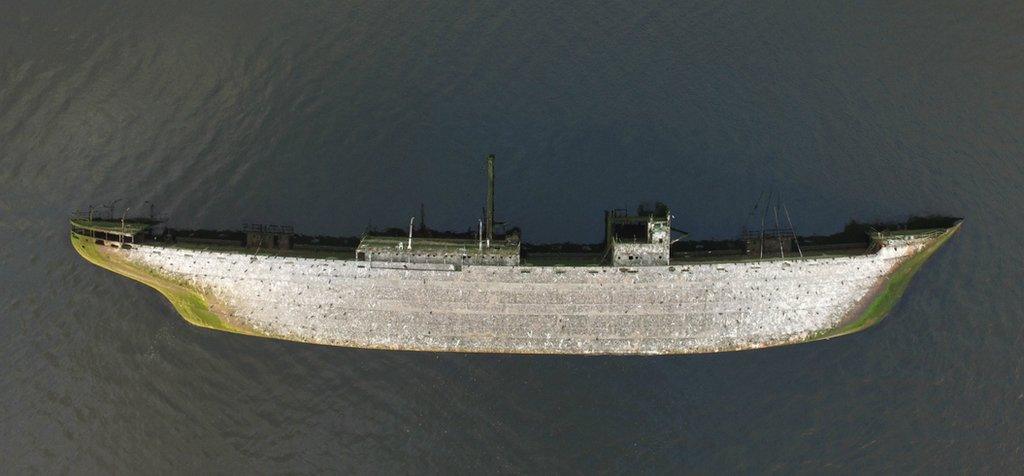
As water flooded in, overwhelming the pumps, rescuers set out in small boats to help - among them the tug Labrador and the Clyde Marine Motoring Company's passenger launch MV Rover.
A Clyde river pilot, Alan Hepburn, bravely scrambled aboard the stricken ship and advised the Greek captain his best hope was to beach it on a nearby sandbar.
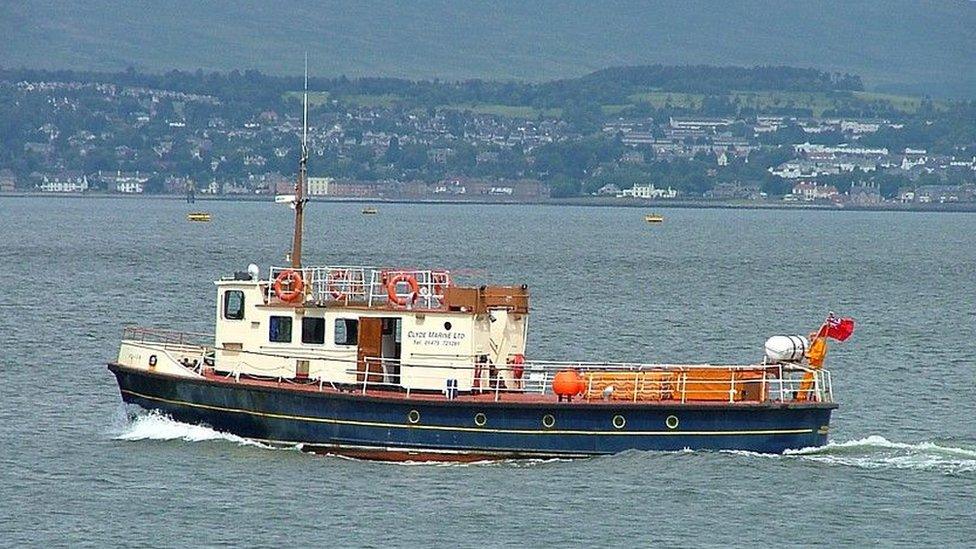
The launch MV Rover, which went to the Sugar Boat's rescue, is still in service
Once on the mud, the Captayannis listed to port, allowing the the 30-strong Greek and African crew to jump on to the heaving deck of the Rover.
But in the morning, as the tide receded, the Captayannis keeled over, never to sail again.
Disputes over ownership and insurance scuppered any salvage attempts. A plan to blow it up was shelved because of its proximity to the Ardmore Point bird sanctuary.

The ship had been waiting to unload its cargo of sugar at James Watt dock
The wreck's location, midway between Greenock and Helensburgh, poses no danger to shipping - so it has simply been left to rust.
Over the decades, looters have stripped the vessel of its most valuable fittings, but the ship remains stubbornly intact.
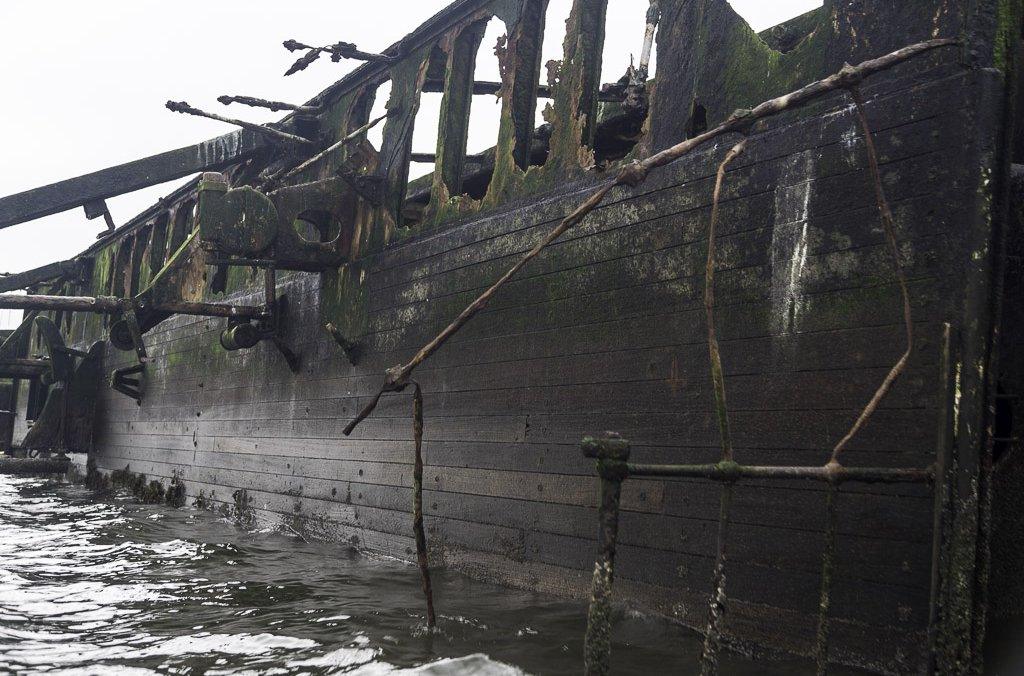
Despite the passage of time, the deck is still largely intact
An attraction for divers and curious kayakers, it is also a haven for fish and seabirds that have colonised its empty hatches.
It has become popular as a boat excursion destination, with visitors getting almost within touching distance of the rusting hulk.

Viewing trips to the Sugar Boat have proved popular
Once up close, they are often struck by the pungent smell of the bird droppings that have built up over the years.
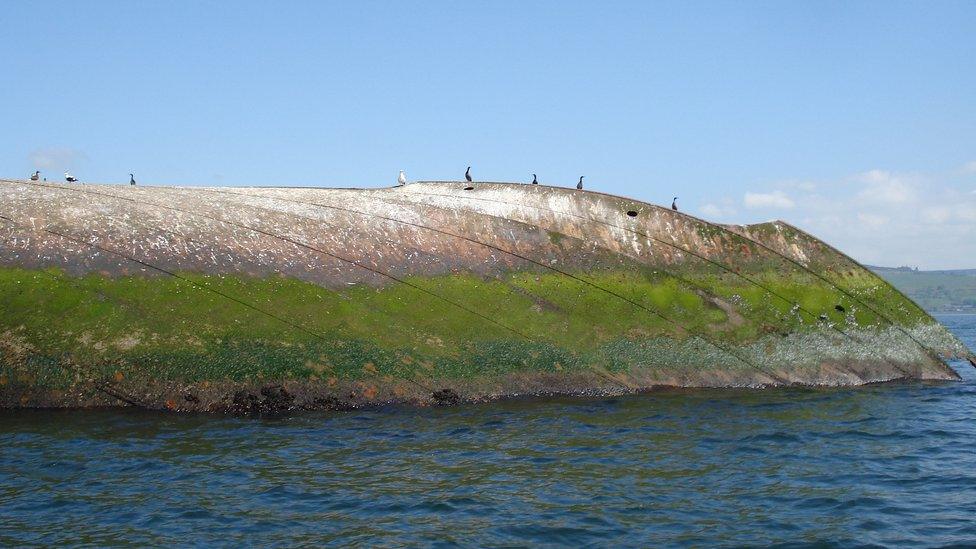
The wreck has become a haven for sea birds
The Captayannis was originally called Norden when it was launched in Denmark in 1946 but for locals it is now known as the "Sugar Boat" or "Sugar Ship".
In Helensburgh, on the northern bank of the Clyde, there is even a hotel and restaurant named after it.
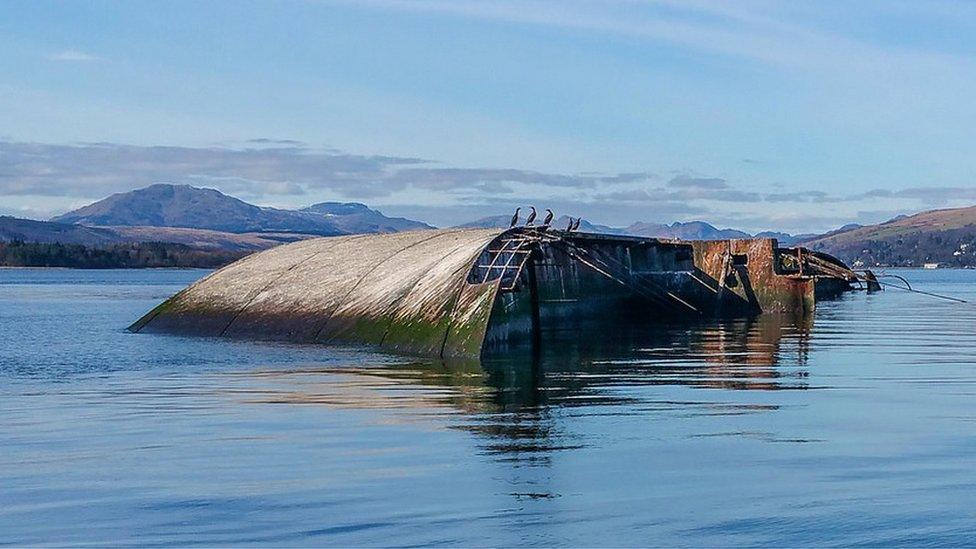
The elements are slowly eroding the Sugar Boat but for the foreseeable future, it remains as much a part of the Clyde landscape as the hills that surround it.
All images are copyrighted. This article was first published in 2018 but has been updated with new information about the rescue and tourist excursions.